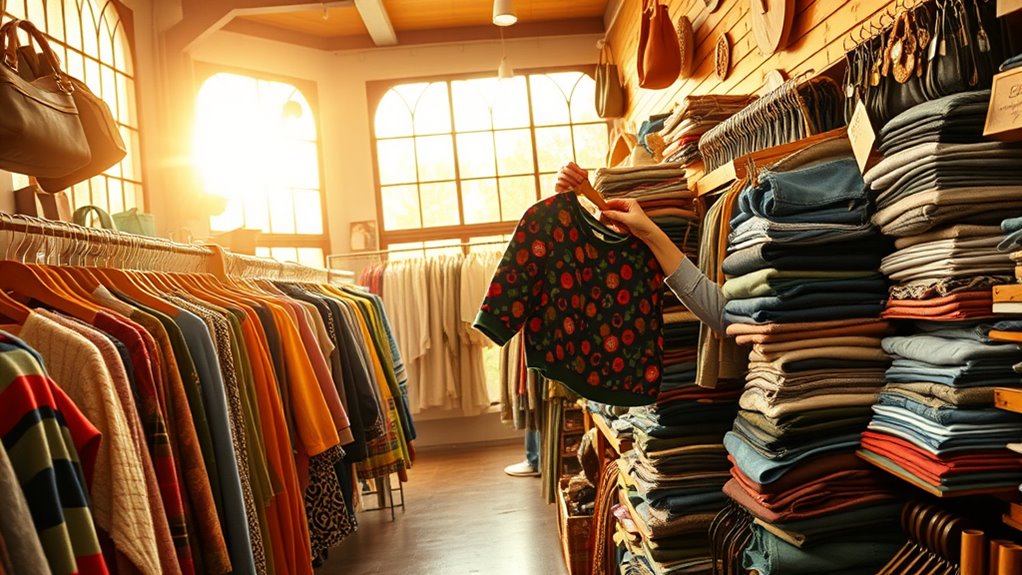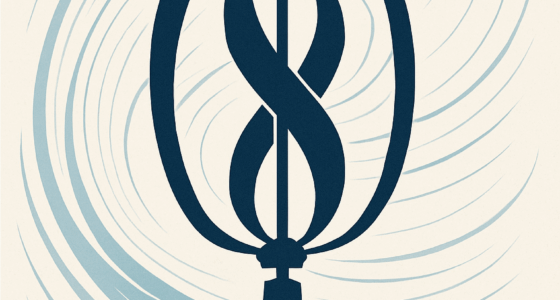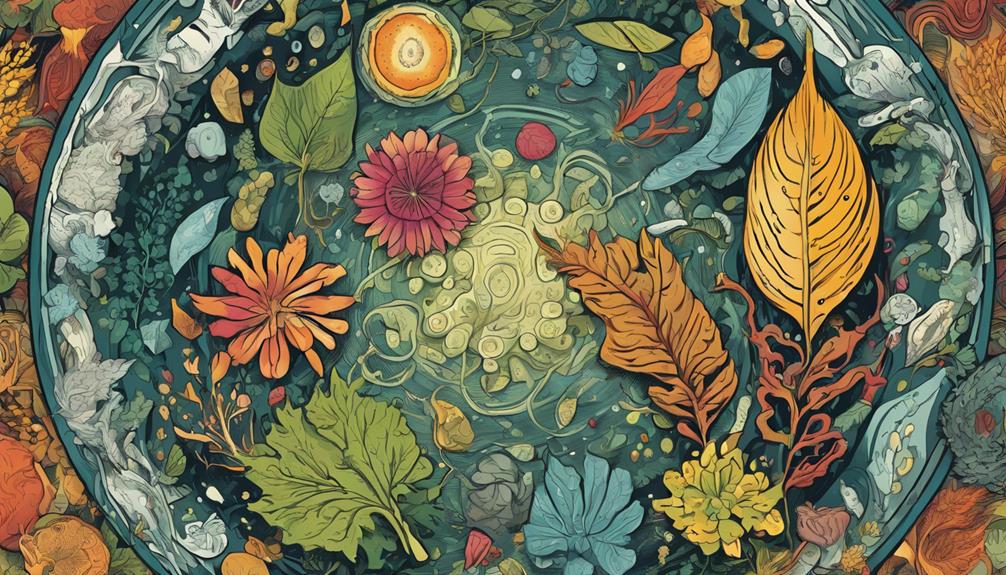Secondhand shopping helps you reduce waste and lower environmental impact by reusing and extending the life of clothing. It’s a budget-friendly way to find unique, high-quality pieces that add character to your wardrobe. Thrifting also supports local communities and charitable causes, making your purchases more meaningful. Plus, choosing vintage and secondhand items promotes responsible consumption. Keep exploring to discover more ways thrifting can benefit both you and the planet.
Key Takeaways
- Thrifting and reusing reduce waste and extend garment lifespan, supporting environmental sustainability.
- Secondhand shopping offers unique, vintage pieces that add character and authenticity to personal style.
- Buying from thrift stores is cost-effective, providing high-quality items at affordable prices.
- Supporting thrift shops often benefits local charities and community initiatives.
- Reusing clothing encourages responsible consumption and minimizes resource-intensive production.

In today’s world, thrifting and reusing have become smart, sustainable choices that can save you money and reduce waste. When you explore secondhand shops, you open yourself up to a treasure trove of vintage finds that can add unique flair to your wardrobe. These pieces often carry history and character that fast fashion simply can’t match. Embracing vintage finds isn’t just about style; it’s a statement of sustainable fashion. By choosing secondhand, you help cut down on the environmental footprint associated with producing new clothing, making a conscious effort to support eco-friendly practices.
Thrifting offers unique, character-filled fashion choices that support sustainability and reduce environmental impact.
When you seek out thrift stores, you’re participating in a cycle that extends the life of garments and keeps them out of landfills. Every item you purchase secondhand reduces demand for new clothing, which requires significant resources like water, energy, and chemicals to produce. This act of reusing aligns with a more mindful approach to fashion, where you prioritize quality and longevity over fleeting trends. You may find that vintage pieces, often made with more durable materials, last longer than many modern fast-fashion items. Incorporating these into your wardrobe promotes sustainable fashion and encourages a more thoughtful approach to what you wear.
Exploring thrift shops can be an exciting adventure. You might stumble upon a classic leather jacket, a retro dress, or a pair of timeless sneakers. These finds often have a story behind them, giving your wardrobe a sense of authenticity and individuality. It’s also a cost-effective way to refresh your closet without breaking the bank. Unlike buying brand new, shopping secondhand allows you to discover high-quality items at a fraction of the price, making sustainable fashion accessible to more people. Additionally, choosing secondhand shopping can help you develop a more discerning eye for quality and craftsmanship, which is often overlooked in fast fashion. Recognizing the vetted quality of secondhand items can lead to smarter purchasing decisions and longer-lasting wardrobe staples.
Moreover, thrifting supports local communities and small businesses. Many thrift stores are operated by charitable organizations, meaning your purchases can directly help fund social programs or environmental initiatives. As you build your collection of vintage finds, you’re not just saving money—you’re contributing to a larger movement that values reuse, reduces waste, and promotes creative expression through fashion. Every piece you bring home is a small act of eco-consciousness that adds up to a significant impact. Recognizing the importance of trust-building activities can help foster stronger connections with your community and encourage more sustainable shopping habits. Additionally, understanding vetting and assessing secondhand items ensures you make durable, worthwhile purchases that truly support sustainable practices. Incorporating certified quality standards can further enhance your confidence in selecting items that will last and support eco-friendly consumption.
Frequently Asked Questions
How Can I Identify High-Quality Secondhand Items?
To identify high-quality secondhand items, start with fabric inspection—look for even stitching, no loose threads, and sturdy seams. Check the material quality by feeling the fabric; it should feel durable and substantial, not flimsy. Examine for signs of wear or damage, and ask about the item’s history if possible. By paying attention to these details, you guarantee you’re getting well-made, long-lasting pieces that are worth your investment.
Are There Any Health Risks Associated With Thrifting?
Ever wonder if thrifting poses health risks? While hygiene concerns and allergen risks are valid, you can minimize them by thoroughly cleaning or washing secondhand items before use. Items like clothing, toys, or furniture might harbor dust, bacteria, or allergens, but proper sanitation reduces these dangers. Are you prepared to take simple steps to enjoy thrifting safely? With care, you can avoid health issues and still enjoy the benefits of reusing.
How Do I Negotiate Prices at Thrift Stores?
When you want to negotiate prices at thrift stores, start by politely asking if they offer any discounts or price bargaining options. Be respectful of store policies, as some places may not haggle. You can also mention if you see minor flaws or stains, which might make the staff more open to lowering the price. Keep a friendly attitude, and remember, patience often helps you get the best deal.
What Are the Best Ways to Clean and Sanitize Secondhand Clothing?
Did you know that nearly 85% of consumers prefer buying secondhand clothing for sustainability? To clean and sanitize your thrifted clothes, start by washing in hot water with laundry detergent. Use stain removal treatments for tough spots, and consider fabric softeners to keep fabrics fresh. Always check care labels and air dry when possible. This guarantees your clothes are both clean and safe to wear, extending their lifespan.
How Can I Find Unique Vintage Pieces Through Thrifting?
To find unique vintage pieces, explore local thrift stores, flea markets, and online marketplaces. Focus on shops that specialize in vintage fabric or rare collectibles, as they often carry one-of-a-kind items. Don’t hesitate to dig through racks and bins, as hidden gems like retro clothing, accessories, or rare collectibles await. Be patient, and trust your eye for distinctive pieces that reflect your personal style.
Conclusion
By embracing thrifting and reusing, you’re not just saving money—you’re making a difference. Every item you pick up is like planting a seed for a greener future, turning waste into treasure. When you choose to reuse, you’re hitting two birds with one stone: helping the planet and discovering unique finds. So go ahead, explore the world of secondhand shopping and watch your efforts bloom into a beautiful, sustainable lifestyle—proof that fortune favors the bold.










